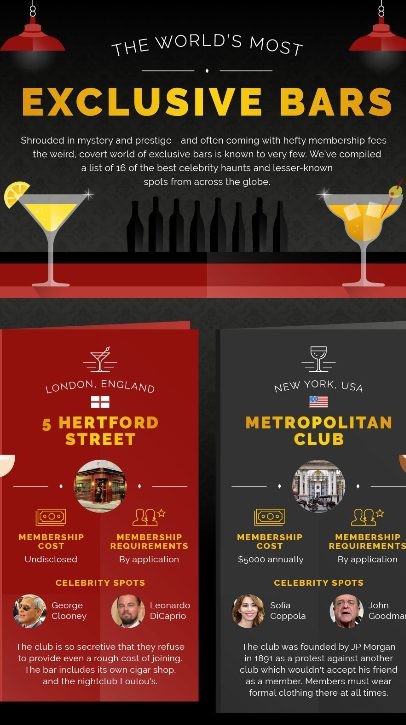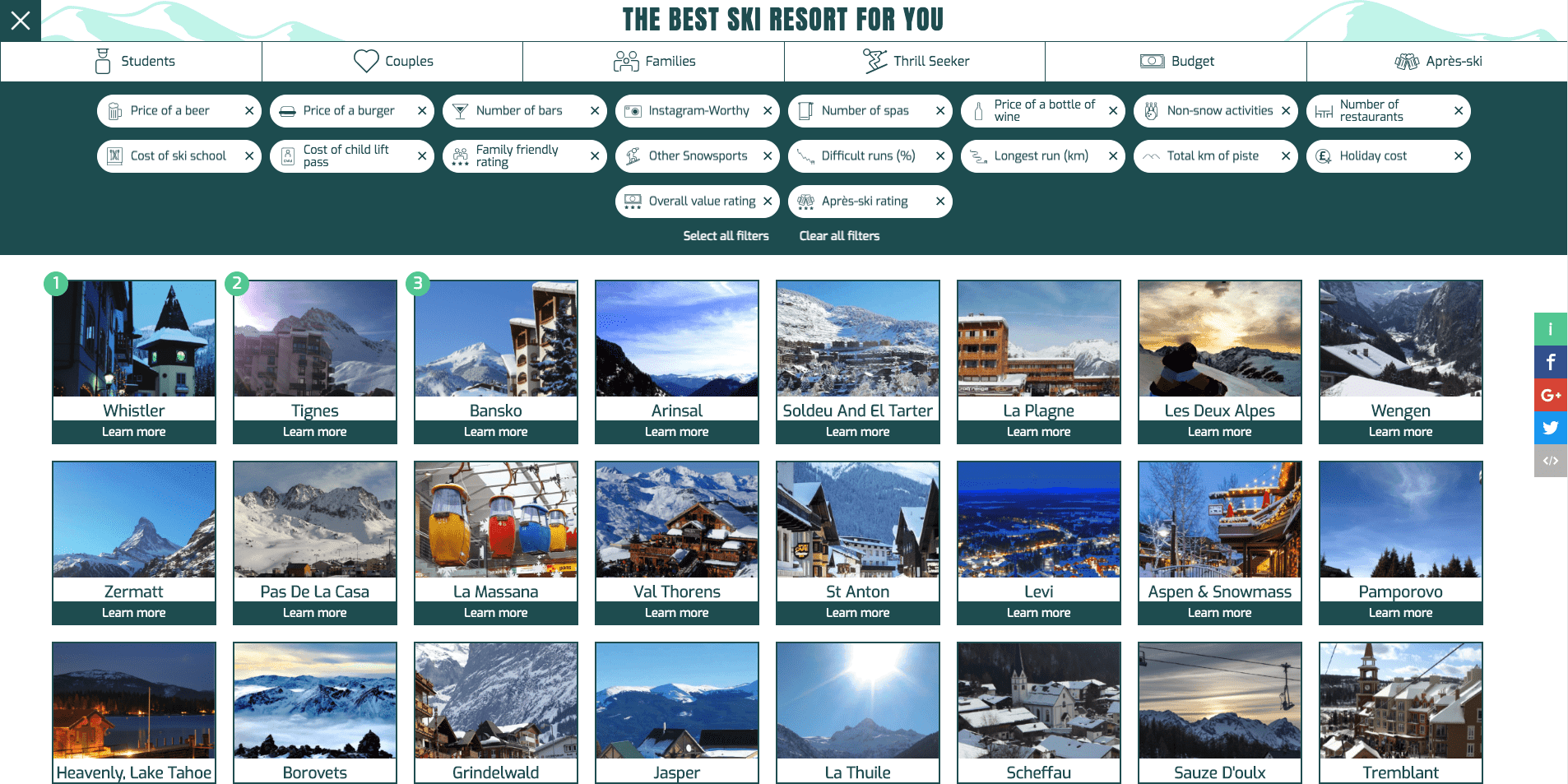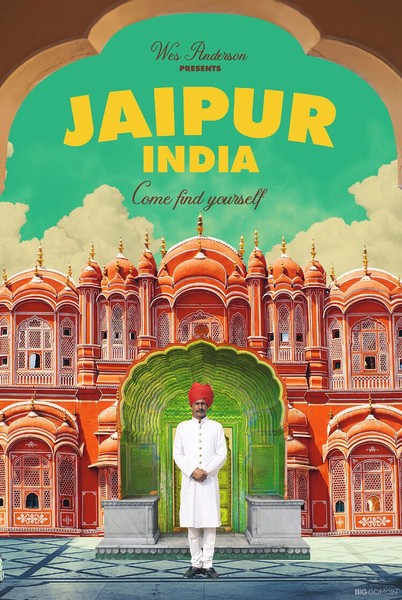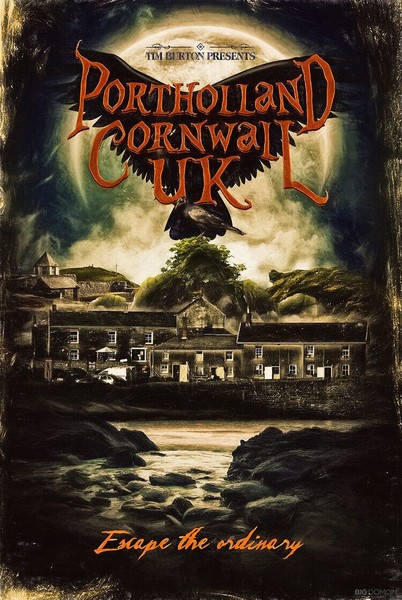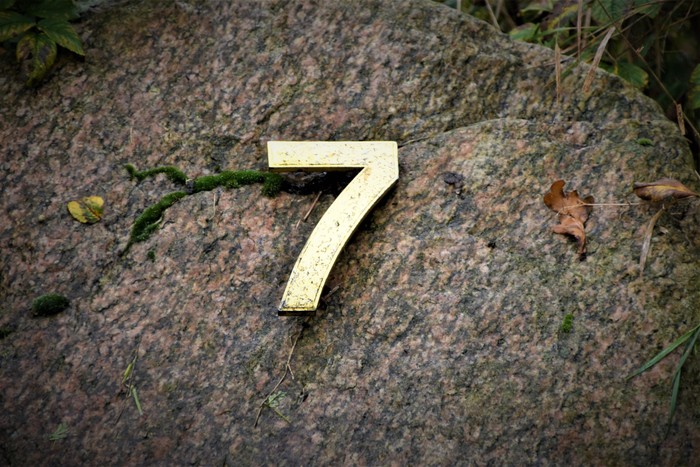Content
How to Create Unique Content That Can’t be Ripped Off

How to Create Unique Content That Can’t be Ripped Off
Imitation is the highest form of flattery, so they say. But when you’ve put time, effort and money into creating a piece of content, only to have someone produce their own version without giving you any credit, it doesn’t feel very flattering.
Searching the web for links and coverage can be a tedious task at the best of times, so when you find a piece that covers your exact story but doesn’t use your content or reference your brand in any way, it can be a real aggravation.
This post will give you 3 key ways to ensure that your content is unique, shareable – and most importantly, can’t be ripped off.
A prime example of when this has happened with one of our clients is when we released a piece last year on the world’s most exclusive bars. We put time – and budget – into researching membership costs, frequent visitors etc and creating a suave design in which to host this data.
Multiple outlets covered our piece, both with and without using our graphic, but then there were those who released articles using the same bars and figures at the exact same time but did not mention our work at all. Whilst we knew that this was no coincidence, as often it was people we’d reached out to, there was little that could be done about it. It was a hard lesson that anything we produce has to give people a reason to not only link back but to credit it as our work in the first place.
Enough is Enough
The reason this piece, and others like it, can be ripped off in this way is because the story is not unique enough to belong to the brand. Whilst time and effort was put into pulling the research together, realistically the data could be replicated fairly easily and no new data or stats were released within the piece.
This means that when a publication uses your story, you can get in touch and ask them to credit you for the research but you don’t have very solid ground to stand on as they can very easily claim that they happened to look up the same things. If none of the data in your piece was new or unique it’s very difficult to ask for credit – or a link – for being the original source.
There are three ways that you can combat this and they’re all about making your content unique, so next time you create something ask yourself whether it is:
- Data-led
- Design-led
- Experience-led
Not only will these three styles make your content impossible to rip off, they will also just help to elevate your content to the next level. I will go into the three in more detail below but the main thing to remember is that whichever factor is the leading point of your content, that factor must be unique, innovative and the selling point of your piece.
Data-Led
A piece that is data-led does not have to necessarily contain thousands of rows of complicated data. What it does need is for it to include new and unique data that can become the foundations of your story.
This can be achieved in many ways, for example, if you conduct a survey then the results of that survey are automatically 100% unique to you and you can ask anyone who publishes them to credit your brand.
For projects without surveys, the main thing to remember is not to simply pull data and visualize it. Instead, do something with that data, this could be combining it with multiple other data banks to create a unique ranking or insight, or using it to make forecasts or projections.
For example, last year we created a piece for Crystal Ski that looks at the best ski resorts in the world (sadly, now offline). We could have easily found a pre-existing list of ratings and used that to create an infographic. However, doing this would have put us at risk of others stealing our content and claiming they also found these ratings.
Instead, we researched 50 ski resorts and compared 18 individual factors, including ratings, costs and resort specs, and created an index that ranked the resorts based on over 900 data points. This ranking is now unique to Crystal Ski and anywhere that publishes it can reasonably be asked to credit them for the data.
This tool actually goes one step further as we allowed people to use the 18 metrics as filters to find the perfect ski resort for them. Users could also pre-sort by the best resorts for couples, students, families, thrill-seekers, budget conscious or apres-ski lovers. Again, each of these rankings is completely unique to the brand and can’t be easily ripped off.
Design-Led
With a data-led piece, the data story should be strong enough that publications can cover it even if they don’t want to use your graphic or tool. A design-led piece however simply does not work without the design. The design is the cornerstone of the story and the reason for the piece existing.
Take this recent piece that looks at what travel posters may look like if they were designed by famous movie directors. The design is the crux of the entire story and no publication could report on it without using the posters. This makes it impossible to rip off and gives a solid reason to ask for the original site to be credited wherever they are published.
Experience-Led
The third way of producing unique content is to make it experience-led. This umbrella encompasses video, immersive content, 360 – anything where the experience of using the content is its main selling point.
If your content is worth the experience then people will share it and they won’t be able to easily replicate it. With the increase in VR capabilities and access to devices like Google Cardboard, this kind of experience based content is definitely a strong part of the future of content marketing.
Make sure no one rips off your hard work by making your content unique and shareworthy – whether that’s through unique data, world class design or an innovative experience.
Share

